Between the Canon and the Messiah: The Structure of Faith in Contemporary Continental Thought. By Colby Dickinson. London: Bloomsbury, 2013. 267 pp. $37.95.
The overall aim of Colby Dickinson’s book Between the Canon and the Messiah: The Structure of Faith in Contemporary Continental Thought is to present an alternative hermeneutic to the “totalitarian” representational practices of both Christian and secular “fundamentalists” (205). Building on the theories of such continental thinkers as Walter Benjamin, Jacques Derrida, Giorgio Agamben, and Paul Ricoeur, Dickinson takes what is perhaps best described as a poststructural, or even deconstructivist, stance, though he never actually uses these terms to describe his position. The reason for this, I suspect, is that Dickinson doesn’t want readers to misconstrue the relationship between “canonical representations and their messianic undoing” as the mere application of contemporary continental philosophy to longstanding theological ideas (20). In fact, the hermeneutical stance Dickinson puts forth predates thinkers like Benjamin, Derrida, Agamben, and Ricoeur, finding its roots, Dickinson argues, in Pauline Christianity and the heretical seventeenth-century Jewish movement of Sabbatianism. Thus, a large part of Dickinson’s project is to underscore the theological foundations of contemporary continental thought, which, in turn, highlights the theo-political nature of his “radical” hermeneutic (210). For Dickinson, such a position is mindful of history’s outcasts and the violences committed against them by canonical representations. Dickinson’s argument is radical because, with representational forms, our conceptions of morality are subject to deconstruction—something Dickinson doesn’t address directly, though, in my reading, he certainly implies as much throughout his text. As he states in the final paragraph of the book, his hermeneutical stance “is radical only insofar as it does not subscribe to a predetermined set of ontological forms, leaving such matters to be played out on the fluctuating field of historical-canonical forms, whether these be religious, cultural, or political” (210). For this reason, Dickinson’s book might be poorly received by Christian scholars of a dominant, fundamentalist persuasion, but such readers are among those whom Dickinson wishes to address. By locating a deconstructive (or, in his language, a messianic) force within the representational canons of Judaism, Dickinson champions a hermeneutic that is forever seeking more just forms of political representation—a point that is certainly deserving of further scholarly attention, however controversial its outcomes.
At the risk of papering over the subtle nuances of Dickinson’s analysis, I’ve chosen to describe the first chapter of his book as framing a critical distinction between dialectical thinking and antinomianism that will later mark, in chapter two, a similar distinction between canonical representations and their messianic undoing. Though these distinctions are not entirely parallel, readers will find that the corresponding concepts are similar in their basic contours. In chapter one, for example, Dickinson describes dialectical thinking as an adherence to the law, or the differential boundaries structuring human thought. By contrast, antinomianism (a term originally coined by Martin Luther) is deployed somewhat loosely by contemporary continental philosophers like Alain Badiou and Gunther Bornkamm to refer to the teachings of the apostle Paul, who, Dickinson writes, “adhere[s] to the truth of a grace instead of returning to the inscriptions of law” (15, 17). Dickinson uses most of the chapter to outline the work of Jacob Taubes, a Jewish scholar who describes the conflict between Christianity and Judaism as a conflict “between representation—to which, in his eyes, Judaism must remain faithful—and presentation, which Christianity, or any other messianic movement sprung from its Judaic origins, has tried to elicit through its apparent jettisoning of the law” (20). One such movement, Taubes explains, was Sabbatianism, which sought an unmediated presentation of the divine apart from its canonical representations. Thus, one can already see how multiple terms are deployed throughout the chapter to refer to overlapping (though not entirely identical) concepts—antinomianism, presentation, messianicity, and grace pinned against dialectical thinking, representation, canonicity, and the law, respectively. Though these multiple, overlapping terms make the first chapter somewhat difficult to navigate (especially for readers unfamiliar with antinomianism or Benjamin’s rendering of messianicity), Dickinson offers a valuable insight that frames the discussion for chapter two and provides the basis for his radical hermeneutic, locating within the “legacies” of Judaism “the very fabric of contemporary philosophical reasoning” (41). Judaic law, for Dickinson, embodies the totalitarian propensity of canonical representations while Christianity and other antinomian movements embody what Benjamin will describe as a weak messianic force, the fracturing, or deconstruction, of canonical representations from within.
Chapter two traces the conflict between dialectical reasoning and antinomianism into the philosophical debate between Jacques Derrida and Giorgio Agamben, but, as before, the distinction between dialectical thinking and antinomianism, canonical representations and their messianic undoing becomes somewhat muddled in this section. On the one hand, Dickinson rightly portrays Derrida as a dialectical thinker, operating under models of difference and the repressed, or antinomic, relations of thought, but, on the other hand, he portrays Agamben as Derrida’s antinomian opponent who seeks a pure presentation beyond the failures of representation, “a return to our animal being beyond the constructed fabrications of the human subject” (68). Presenting these two thinkers as oppositional becomes slightly confusing because Derrida crosses the antinomian/dialectical divide, adhering to representational canons and their messianic undoing, which, readers will recall, was aligned earlier with antinomianism, presentation, and grace. Thus, antinomianism, for Agamben, is an attempt to uncover, apart from representational canons, the prelinguistic animals that we are, while, for Derrida, antinomianism refers to Benjamin’s weak messianic force, or the deconstruction of representational canons from within. Dickinson presents both Agamben and Derrida as antinomian, though they clearly disagree on key points. While the debate between Agamben and Derrida is fascinating and will, no doubt, interest many of Dickinson’s readers, I’m left wondering whether the inclusion of Agamben was really necessary. Dickinson claims to formulate a radical hermeneutic that “takes seriously” Agamben’s antinomian challenges, but he more or less aligns himself with Derrida, claiming that there will “always be an oscillation in language between its canonical and messianic elements—a truth that Judaism firmly seized upon shortly after its conception (and which philosophers such as Derrida have detected)” (106). As before, Agamben’s antinomian stance complicates how readers understand the relationship between chapters one and two. In my view, Dickinson’s reading of Pauline Christianity, Sabbatianism, and the work of Jacob Taubes would have led smoothly into a discussion of Derrida without any references to Agamben, whose work, in my opinion, only serves to obfuscate Dickinson’s development of a radical hermeneutic.
Chapter three of Dickinson’s book underscores the politics of canonical representations, which tend to portray history as an objective reality in line with a single, authoritative narrative. But, as Dickinson’s project seeks to uncover, there are embedded within any historical narrative alternative histories, or antinomic accounts, that threaten to disrupt the authority of canonized history from within— what Benjamin (and Derrida after him) calls a weak messianic force. These alternative histories are usually articulated by minority voices who are marginalized and sometimes excluded from the historical narrative by those in power. Like Derrida, Dickinson proposes a just hermeneutic that accounts for both the canonical and the messianic—a recognition, first of all, that canons are necessary for cultural intelligibility, and, second, that canonical representations, be they historical, political, or theological, are not transcendent categories, exempt from the deconstructive forces that lead, inevitably, to their messianic undoing. Such a recognition, Dickinson argues, lessens the exclusionary violence of canons while working toward more just forms of representation. In light of this, Dickinson proposes a just form of canonicity that “strives to become conscious of its relationship to violence, something the Judaic canon, with its focus on the victims and the marginalized figures of history, can be said to accomplish in some fashion” (146). He argues that “the more the canonical element exposes its own proximity and propensity to violence . . . the quieter may the messianic forces grow” (147). This concept more or less forms the basis of Dickinson’s hermeneutic, which he articulates in chapter four. Entering into conversation with Paul Ricoeur, who reframes the canonical/messianic relation as a tension between the Pharisaic and the Prophetic, Dickinson argues that our hermeneutical practices should always be “hospitable to the other, the foreigner” because such practices will “lead, more dramatically, toward a transformation of the world we live in” (189). In other words, we should be cognizant of the violence and the instability of canonical representations, embracing the weak messianic force embedded within all canons that leads, inevitably, to more just forms of political representation.
Dickinson’s book is philosophically sophisticated and, I would say, noble in its loving concern for the marginalized figures of history, but it also presents, if tacitly, provocative questions to its Christian readership. Namely, how does one enact Christ’s command to love the marginalized figures of history— the prostitutes, the tax collectors, the impoverished, the lepers, the queer—in the context of Dickinson’s radical hermeneutic without falling into the trap of moral relativism? Stated more generally, should Christians adopt deconstructive reading practices if they lead to the messianic undoing of moral principles, the canonical representation of God’s commandments? These questions are perplexing and even troubling, but Dickinson doesn’t provide any answers. In fact, I would say his project demands further commentary and debate. The book will therefore be of great interest to theologians and philosophers of religion engaged in similar questions. The book should also be of interest to secular continental philosophers, who will no doubt be intrigued by Dickinson’s unearthing of continental philosophy’s religious origins. Finally, given the sophistication of Dickinson’s philosophical analyses, the book is surprisingly accessible, despite some confusion over Agamben’s contributions to the discussion, so it may also be helpful to novice scholars who wish to further their knowledge of continental thought and postmodern theology.
Marcos A. Norris, Loyola University ChicagoBecome a member
Get the latest news right in your inbox. We never spam!


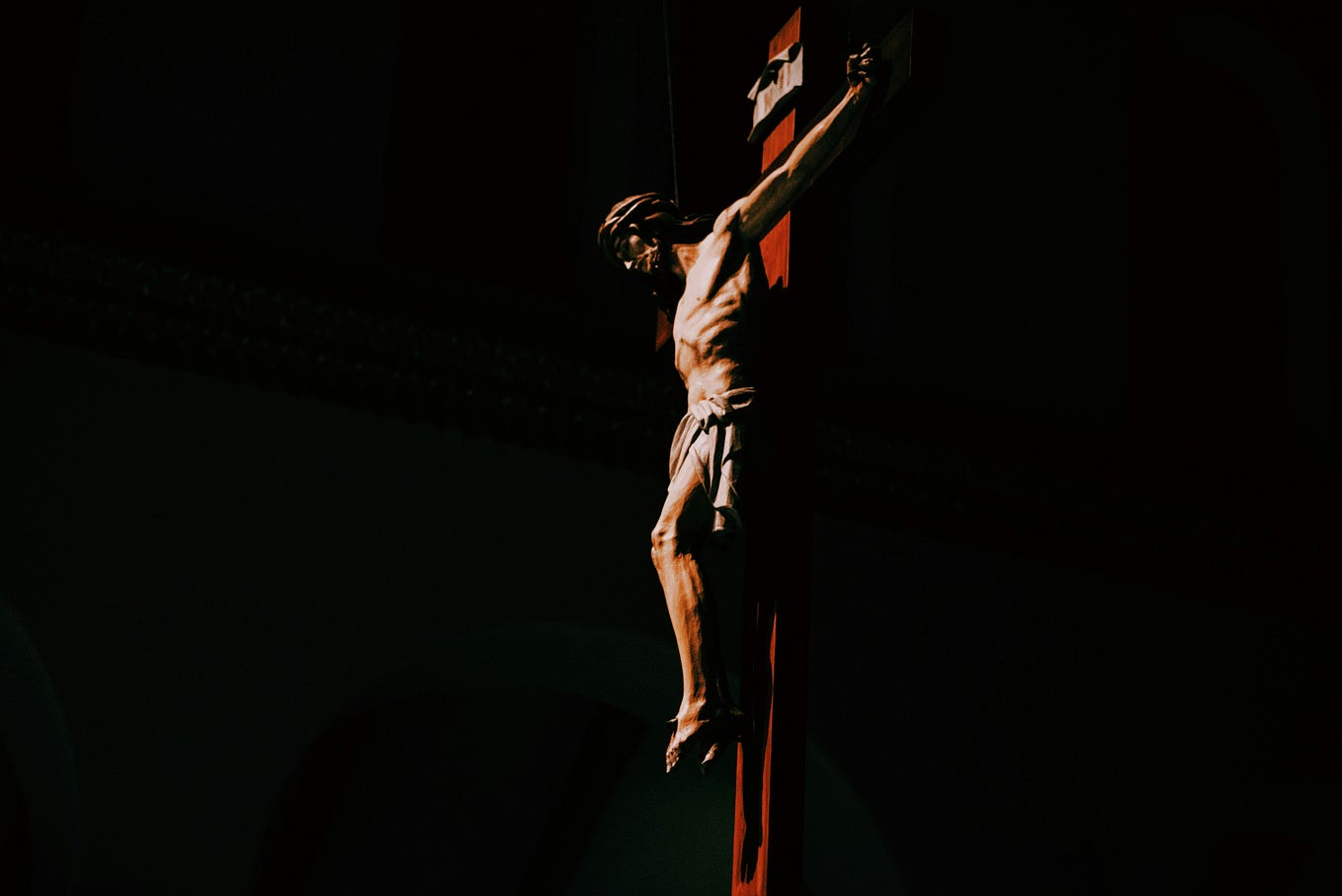
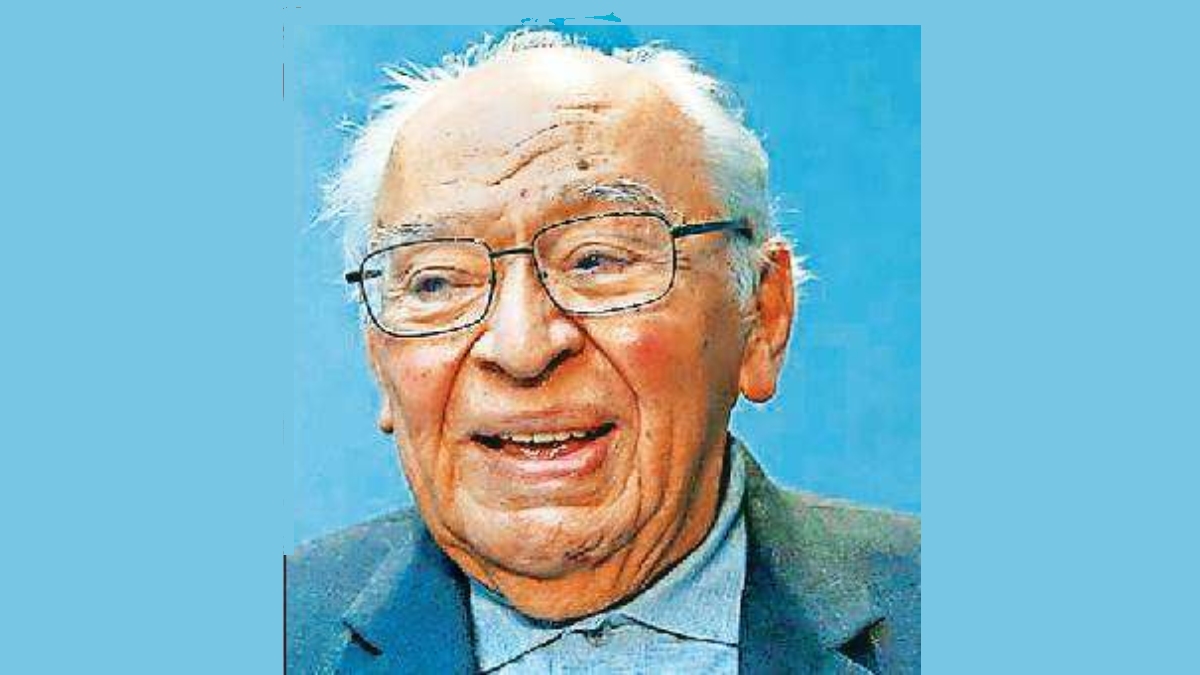

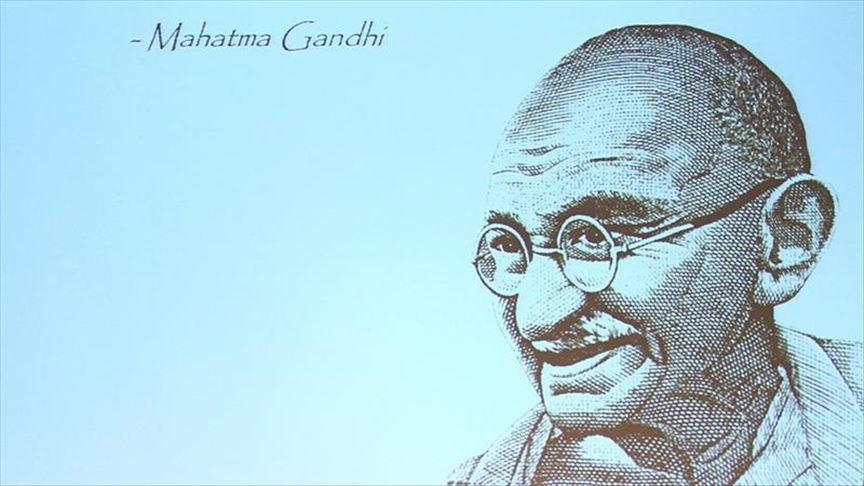
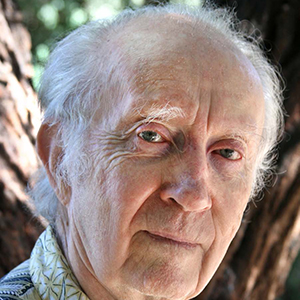

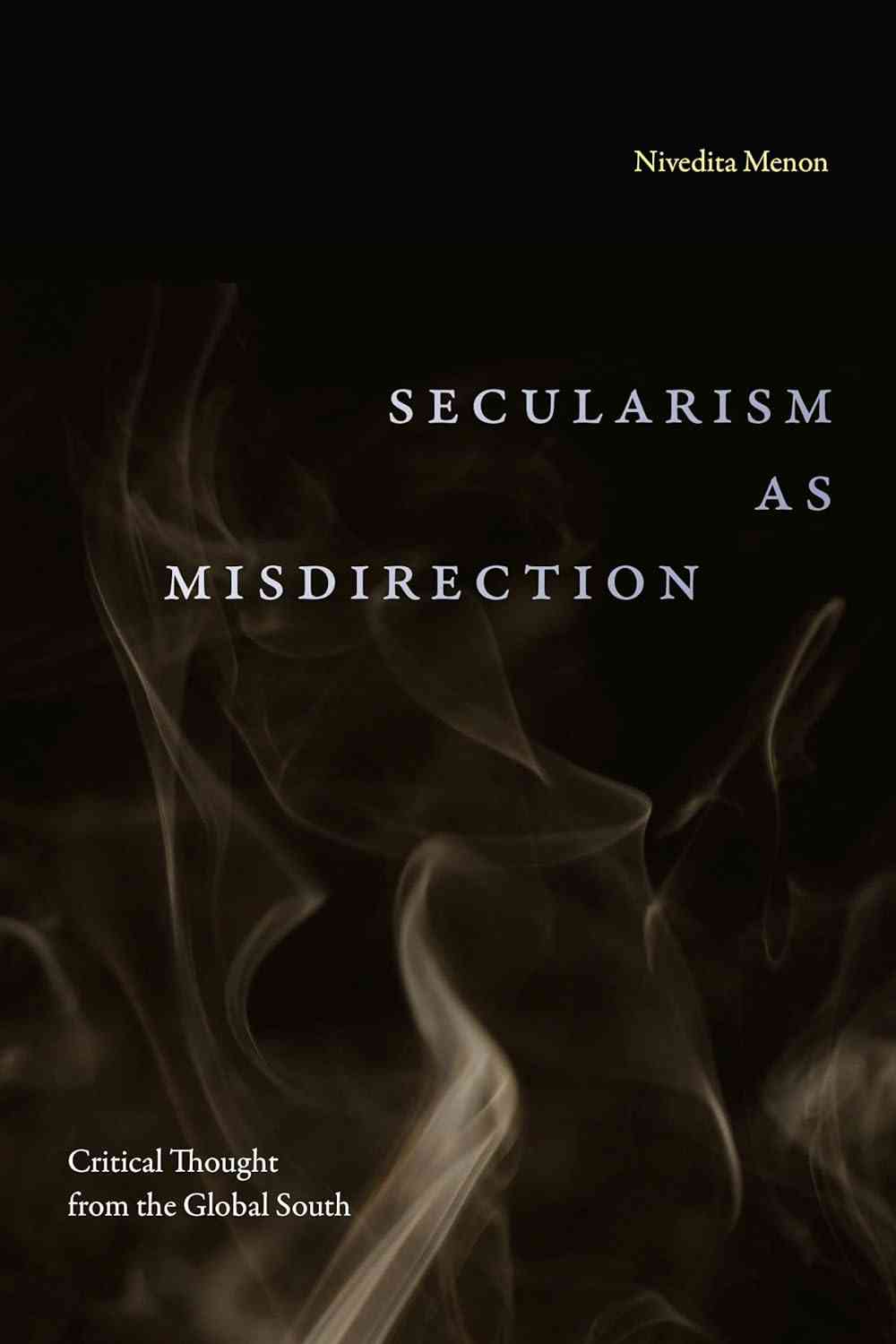
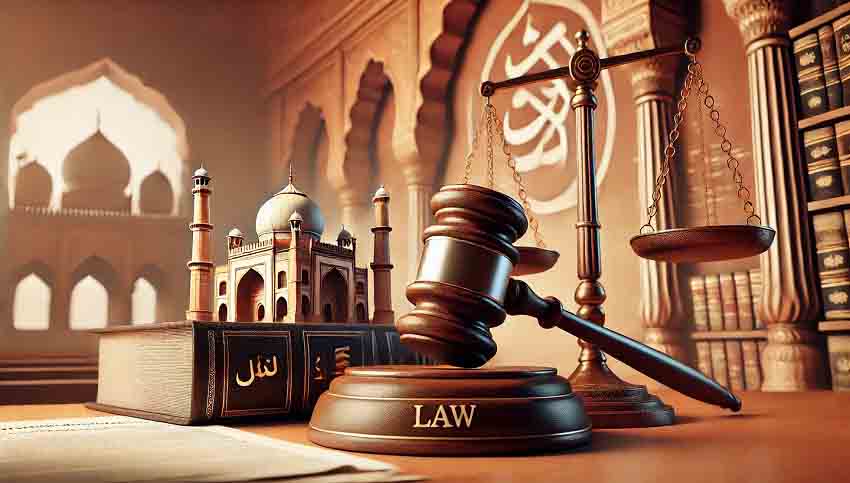
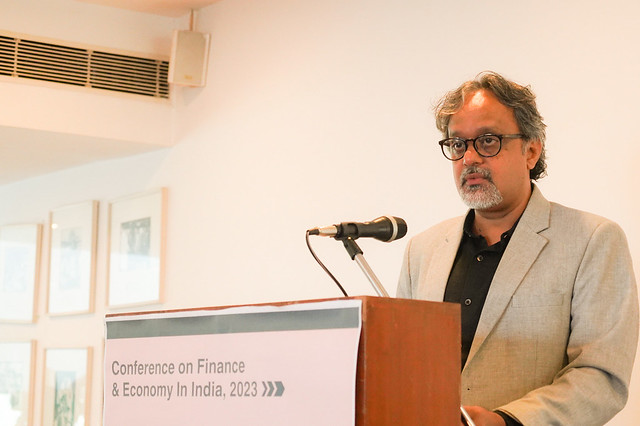

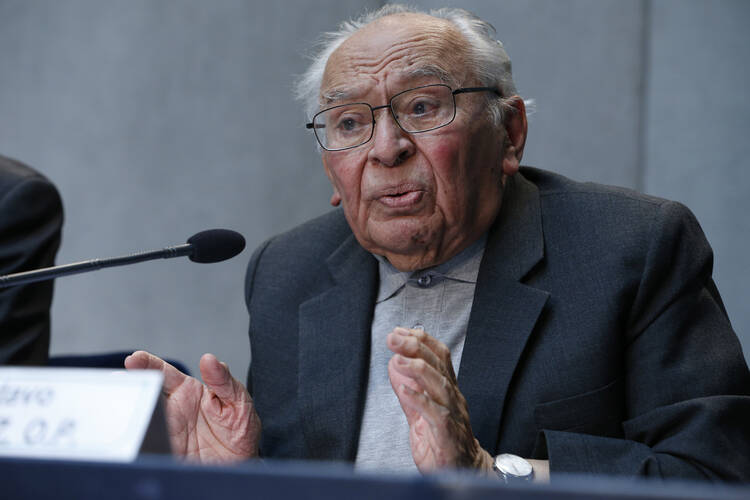

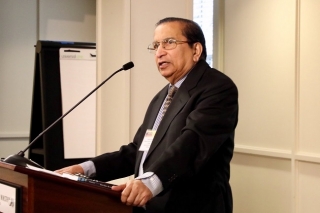


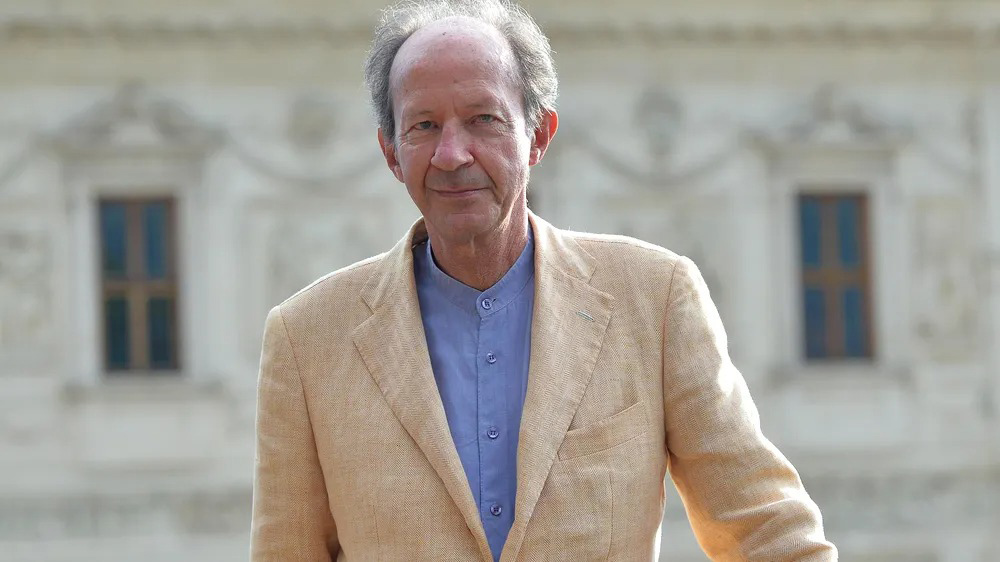

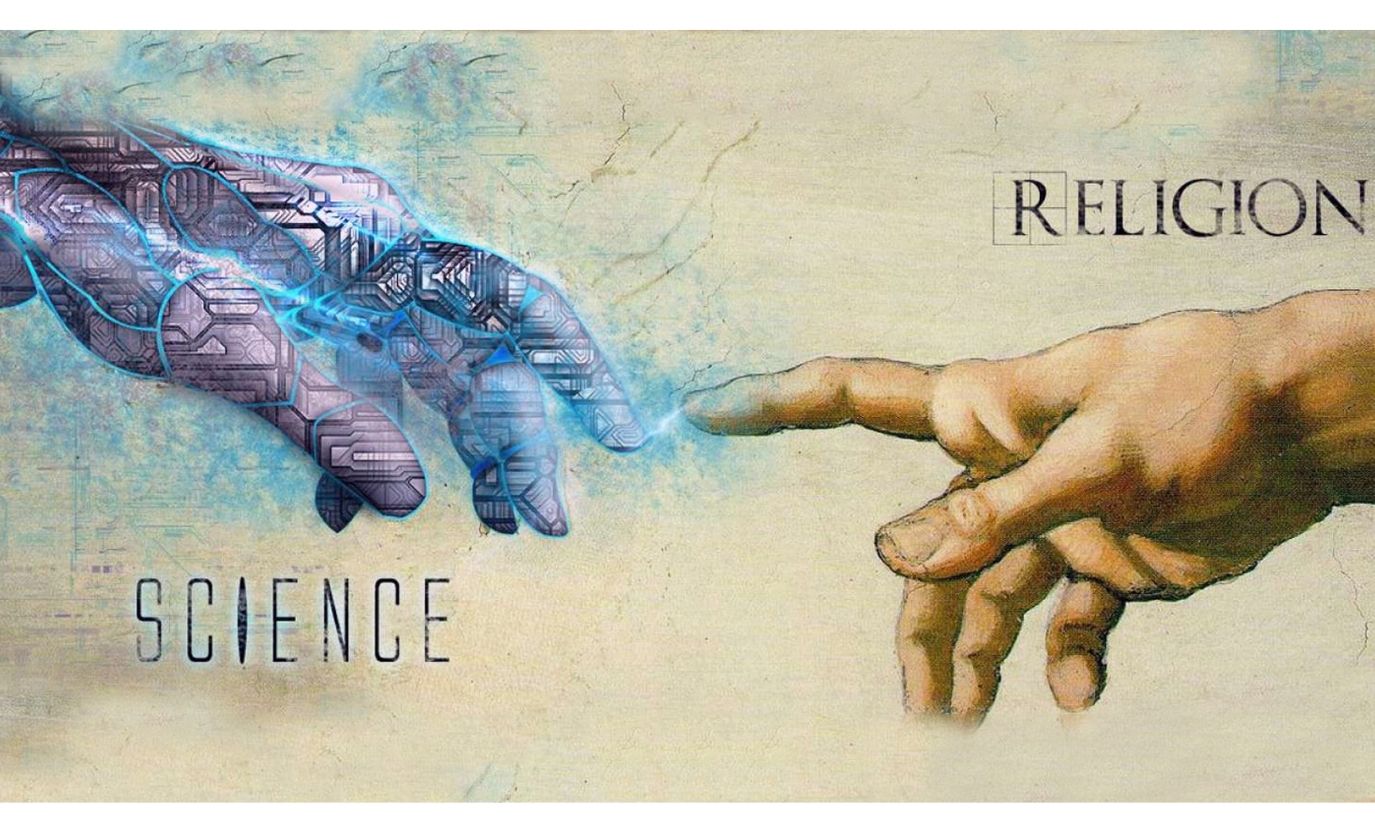
Comments
No Comments